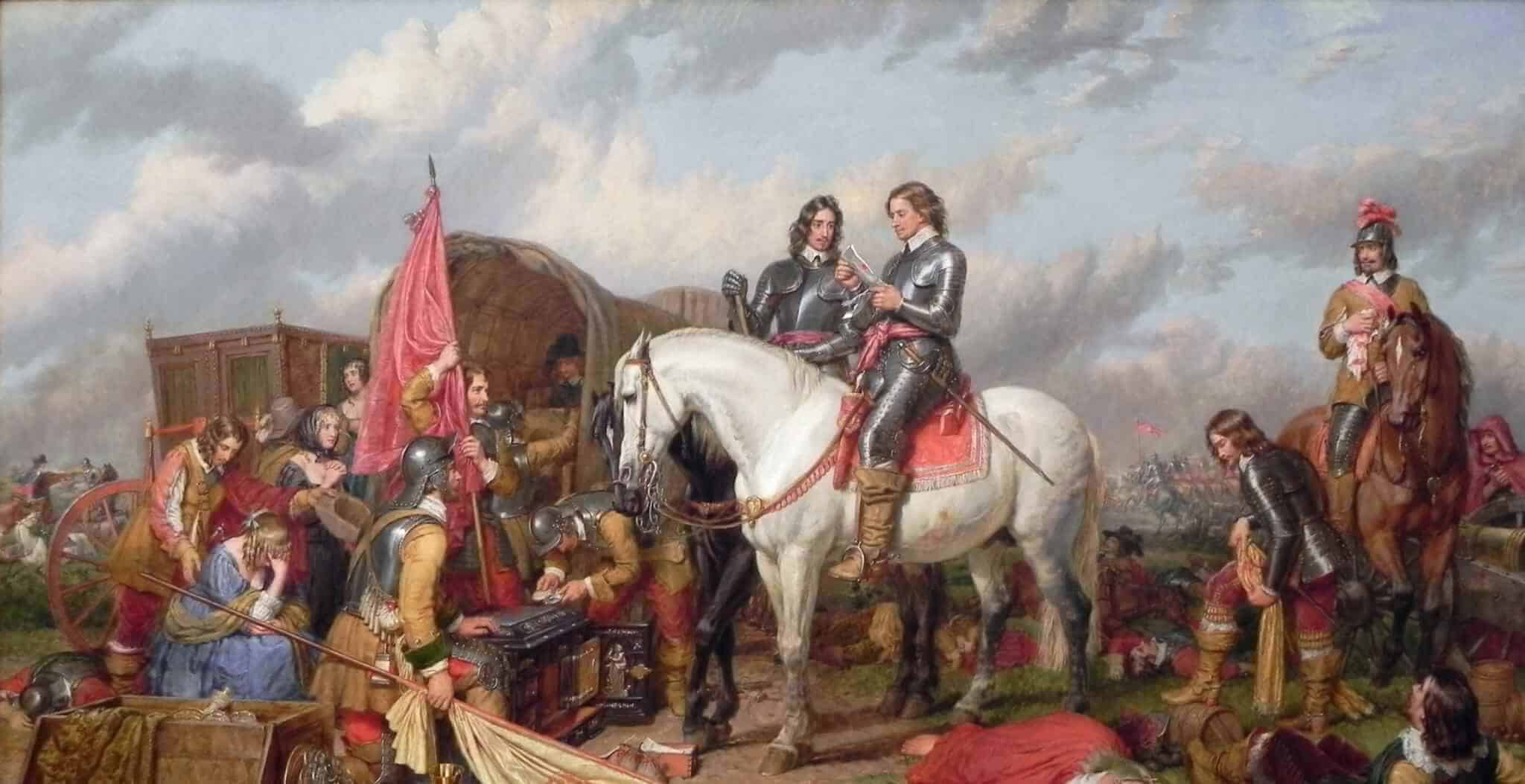Following the resounding victory over the French at Crecy in August 1346 by the English King Edward III, the French King Philip invoked the terms of the Auld Alliance and asked his ally, King David II of Scotland, to retaliate by invading England.
After rampaging their way through Northumberland for a few weeks, the 12,000 strong Scottish army arrived outside the gates of the city of Durham on 16th October 1346.
Waiting for their payment of £1,000 in protection money to arrive, the Scots were blissfully unaware that an English force comprising some 7,000 men raised from the northern counties of England had been quickly mobilised by William Zouche, the Archbishop of York.
The Scots only discovered the presence of the English army on the morning of 17th October, when they stumbled upon them in the morning mist.
With the English positioned on the better ground, the invaders found themselves disadvantaged by the uneven ground and their formations fell apart as they tried to advance.

Sensing defeat and now out manoeuvred, many of the Scottish nobles fled the field abandoning King David II and his bodyguard to face the enemy alone.
The battle was disastrous for the Scots, as not only was their king captured and imprisoned, but in the year that followed the English drove home their advantage and occupied virtually all of southern Scotland.
Click here for a Battlefield Map
Key Facts:
Date: 17th October, 1346
War: Hundred Years War & Second War of Scottish Independence
Location: Neville’s Cross, near Durham, County Durham
Belligerents: Kingdom of England, Kingdom of Scotland
Victors: Kingdom of England
Numbers: England 7,000, Scotland 12,000
Casualties: England negligable, Scotland more than 1,000
Commanders: Lord Ralph Neville (England), King David II (Scotland)







